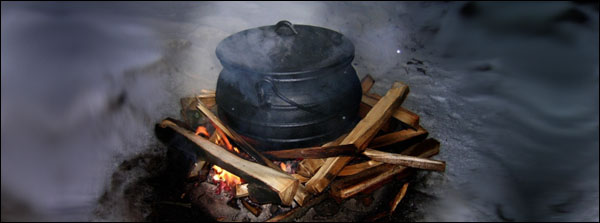Tuning for an Audience

“Down the blue circular stairs comes the father of the rats’ owner to say good morning. He sees the frog still sitting on Middle C and plucks it off. ‘You never know when you’ll need a frog,’ he says as he goes off to work. I couldn’t agree more.” Anita Sullivan
The Highest Cauldron
By Anita Sullivan

 EUGENE Oregon—(Weekly Hubris)—6/24/2013—There is a multicolored cloth frog on top of Middle C when I arrive for my first tuning this morning. He is facing me from the keyboard, his splayed feet spanning a tritone. I decide to leave him for last, after I have cleared off the top of the piano, removing a vase of early spring flowers, a heap of confetti, several piles of music, a set of plastic trains.
EUGENE Oregon—(Weekly Hubris)—6/24/2013—There is a multicolored cloth frog on top of Middle C when I arrive for my first tuning this morning. He is facing me from the keyboard, his splayed feet spanning a tritone. I decide to leave him for last, after I have cleared off the top of the piano, removing a vase of early spring flowers, a heap of confetti, several piles of music, a set of plastic trains.
Next to the piano, two rats alert to my presence come running to the southwest corner of their cage, poking the pointy ends of their noses through the wire in affable inquiry. “You guys gonna listen to me tune?” I say, gently patting their little pink claws. At the far end of the house, where the mother of the rats’ owner is doing her morning aerobics, I hear the opening strains of “Performance Today.”
Down the blue circular stairs comes the father of the rats’ owner to say good morning. He sees the frog still sitting on Middle C and plucks it off. “You never know when you’ll need a frog,” he says as he goes off to work. I couldn’t agree more.
I unscrew the music desk and take it off to figure out why Middle C isn’t playing. Nope, it’s not the frog’s fault, only a pencil that has fallen inside and rolled back, jamming itself at the far end of the key. A gray paper whale hangs over the piano and drifts slowly in the breeze coming in from the tightly-closed window.
“Is this a typical tuning day?” I ask myself, and I feel a bit like a performer, a clown perhaps. Left alone here in the children’s room, with the rats and the rocking horse and the frog and the whale—not to mention the pink cabinet of plastic dishes—I lift my tuning hammer and begin making music for my audience.
We look so serious when we go about our work, we tuners, as if we were doing something important. “A piano is like a great big guitar,” I explain to kids, and to their parents, too, if they are interested. “But a piano has over 200 tuning pins, each one buried deep and firmly fixed inside a laminated hunk of wood. That’s why it takes so long to tune one.”
And that’s why nobody ever sticks around to listen to the whole performance. No humans, at least. “Do you mind if I watch?” many a piano owner will ask, and I always say, “No, not a bit,” knowing full well she/he won’t last more than five minutes.
As music, it’s like minimalism—although the opening of a tuning, the setting of the temperament, rings out like plainchant: fifths, fourths and thirds, in quick sequences, hypnotically lovely.
Nevertheless, as the tuning progresses, the audience thins. Once, an entire family lined up behind me, in a row of chairs. I grinned at them, “Where’s the popcorn?” I said, and they laughed and sat up straight in anticipation. But very soon, they began to find reasons to excuse themselves: need to check my email; got to get dinner going; maybe I’d better feed the fish.
I can’t blame them. As I bend over the piano keyboard with my head at its odd listening angle, I often imagine that the whole exercise is being filmed, and I’m an actress going through the motions. I mean, here I stand (or sit), day after day, turning 230-odd tuning pins less than one degree to the right or left. Who would ever know the difference if I stopped actually moving the pins and just went “Plink! Plink! Plink!” for an hour and a half with my left hand?—The performance would sound the same; I would collect my money and leave.
A piano tuning doesn’t survive for long, about as long as a frog quilted in motley, or a meteor streaking through the heavens, or a sequence of plainchant. Any day now I’m expecting someone from the audience will run after me as I back down the driveway, and holler “Wait! You come back here! Wash my windows, install a new drain pipe! I want results!”

Note: This piece, which first appeared in Piano Technicians Journal in July, 1998, is one of several dozen commentaries on piano tuning and music that the author broadcast a number of years ago on National Public Radio’s “Performance Today” and later collected into a book titled The Family Piano [http://www.goodreads.com/author/show/1035049.Anita_Sullivan].
One Comment
Elizabeth Boleman-Herring
Anita, you always take me somewhere I did not know existed, but somewhere I’ve always wanted to go. Magic’s involved in your writing, and in reading you.